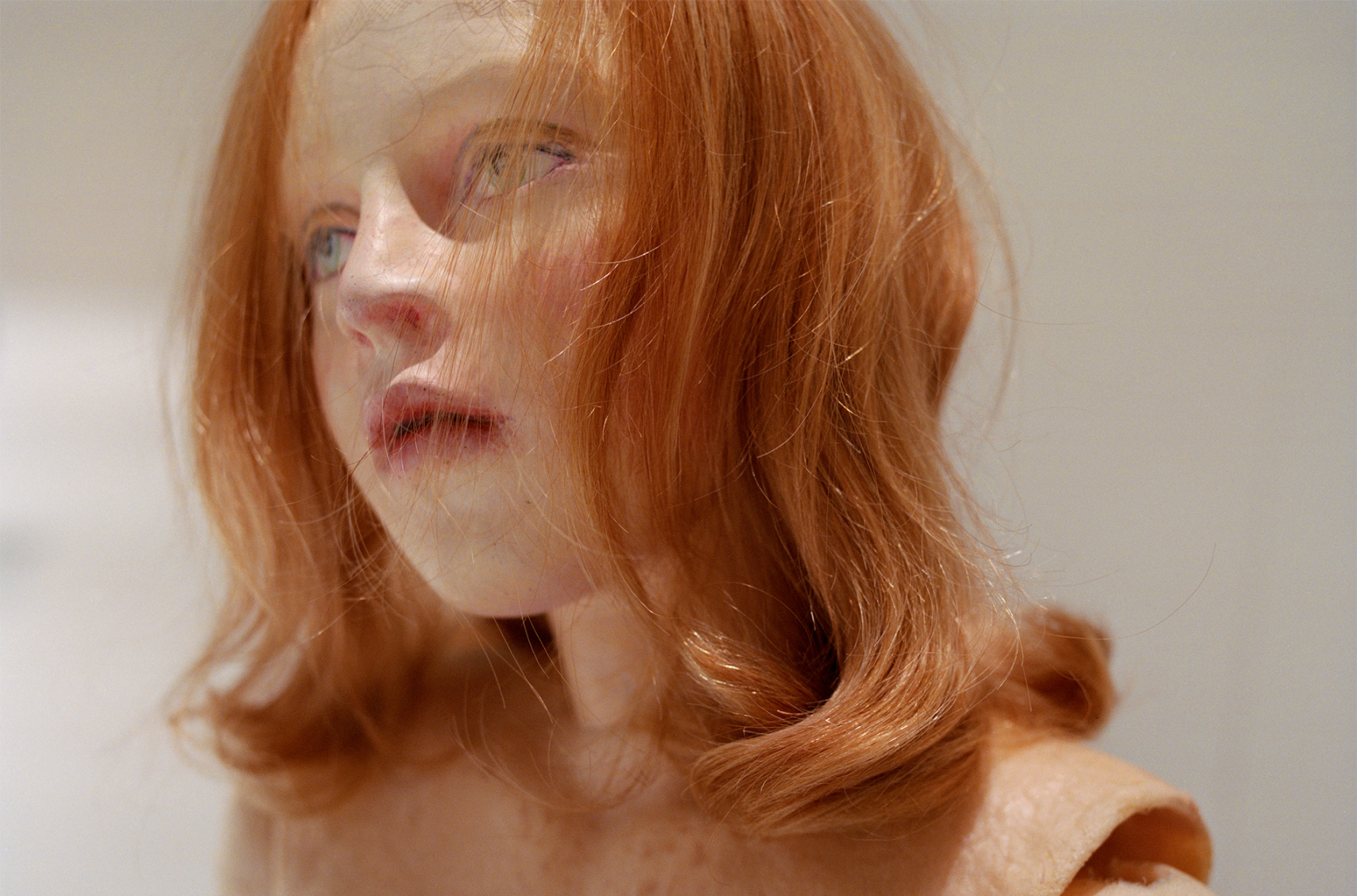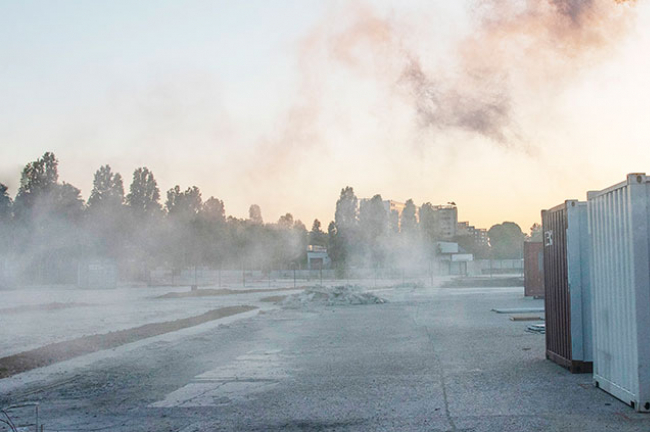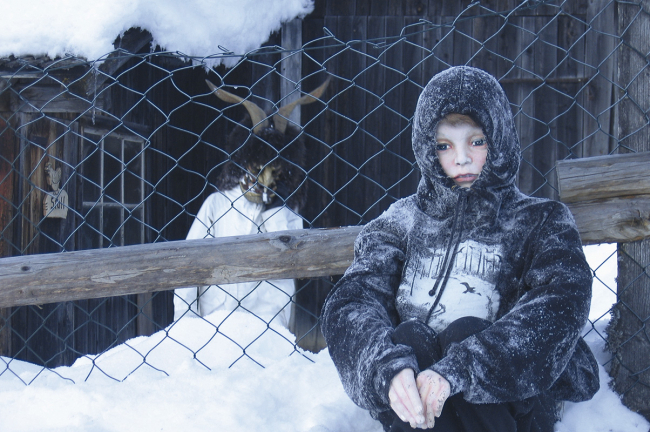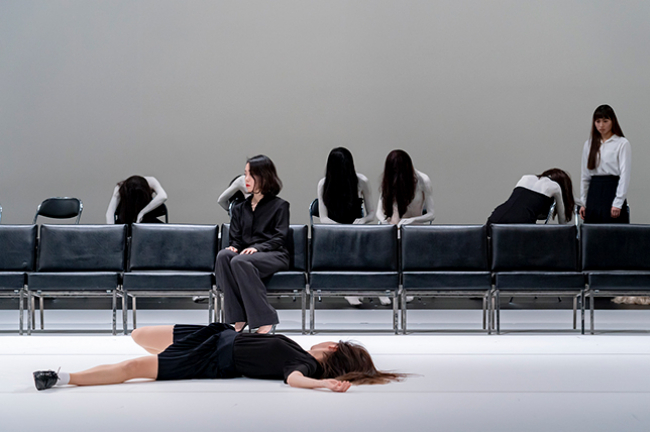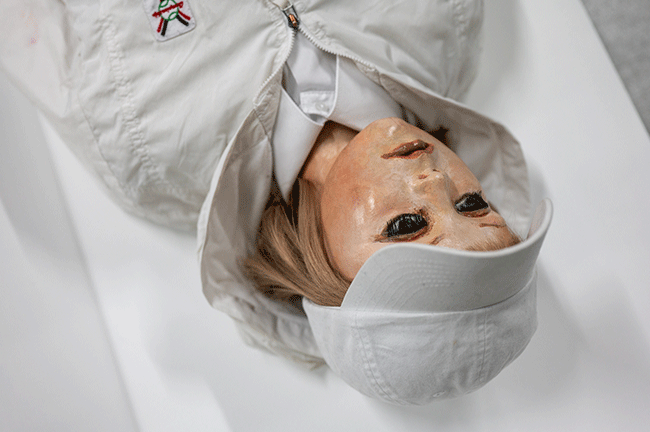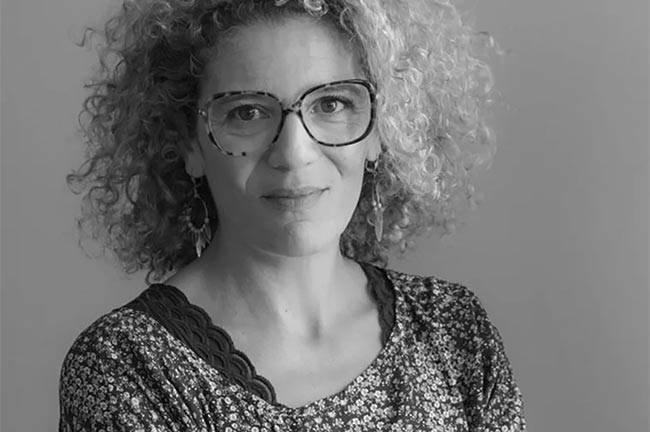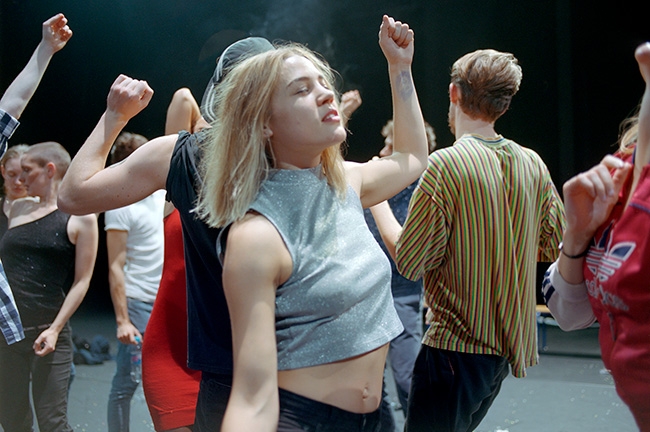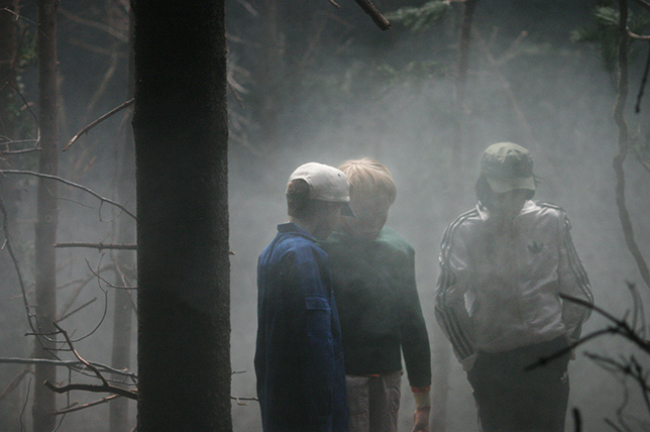As part of a Portrait, one of the highlights of the 50th edition of the Festival d’Automne and a testimony to a long-standing relationship, the artist, choreographer and director Gisèle Vienne has chosen to present three pieces from her repertory (Kindertotenlieder, This is how you will disappear and Crowd) along with three new pieces (L’Etang, Showroomdummies 4 and a performance). Together, they continue a dialogue between works in perpetual movement.
You will be presenting six shows in the Portrait that the Festival d’Automne has dedicated to you: how did you make you choices?
It is about shared desires and necessities, between the pieces that I want to present and those that the partners (the Festival d’Automne and the different venues) want to programme. Via the choices of what we present, we also write the story that we want, both past and present. For me, the question of repertory in relation to the performing arts is a particularly crucial one because these works are an experience of the living and density of the present. No video, no text, nor image can replace the experience of the performing arts. Our story, our history, is written over time and then fades away, partially. The performing arts are, by their very nature, organic or living: if we see Kindertotenlieder in 2021, we are seeing a 2021 show, but which has matured since its first performance in 2007. Presenting former pieces is also a way of considering that an artist’s body of work is the articulation of their different works. What is so fascinating about being able to maintain a repertory of works, is the way in which the different pieces dialogue with each other over time and with their own time.
Have you reworked elements of your oldest pieces?
I am always reworking them, meaning that my work is in a continual state of development, and it is this organic or living aspect of my work that makes sense of touring them. All of my pieces have a life of their own and I am constantly trying to understand and converse with them, and I hope that this is also true for the audience. My work continues to be living matter to be experienced and reflected upon in an ever-changing context, by means of the effect they produce and also because the world changes. Presenting Crowd in March 2020 or in October 2021 is not the same thing at all. The show’s significance changes radically according to the context. The permeability to life sets up a dialogue with all these works, and thus it is possible to continue to work on them because we are always furthering our understanding of them.
Beyond context, what else nourishes this process of reviewing or updating the different pieces?
Everything makes the pieces move, starting with the performers. Though they might be the same, they are not the same: in between his first performance of Jerk in 2008 and a tour in 2020, Jonathan Capdevielle has lived through twelve years of his life. The piece traverses this lapse of time with him. And if there is a change of performers, each of them brings with them a new story, or history. My works are also those of my collaborators, they are an intimate part of them. How does a new performer talk of him or herself, and not of the other performer? How am I going to hear him or her and not look for the memory of their predecessor? And I change as well, all the different aspects of my practice of composition – visual, choreographic or musical - have evolved considerably. This unfurling of sense-based intelligence allows me to develop my knowledge and skills. Within this process, feeling or intuition points me in the direction of the artistic gesture itself and theoretical thought. I hope that this experience is shared with the artists and audience members alike. Throughout history, in particular that of philosophy, we can see to what extent sense-based knowledge is viewed with contempt, frowned upon or made invisible – even though knowledge stems from the body. When I studied philosophy, at the age of twenty years old, it was clear to me that I lacked the physical experience of this discipline, and that I was going to make art in order to explore the various phenomena and questions related to perception. For more than twenty years now, it is this physical experience of philosophy that I have been searching for via different formal inventions. When I return to subjects and forms that I was working on in the past, my experience and reflections have taken me to a different place, and the same applies to my work. From one piece to the next, I try to invent languages which participate in the transformation and shifting of our participation.
Interview conducted by Vincent Théval.
As part of this Portrait, In addition to her stage productions, Gisèle Vienne invites Elsa Dorlin to co-organise two days of artistic encounters and debates on the 3rd and 4th of December at the CND Centre national de la danse. These two days will provide a space for collective thinking, in the company of guests from multiple disciplines.
The Gisèle Vienne portrait is presented with support from Dance Reflections by Van Cleef & Arpels.

